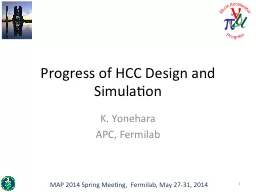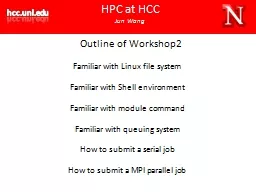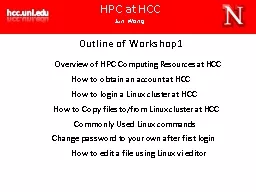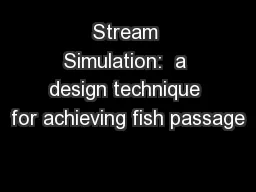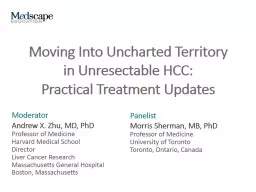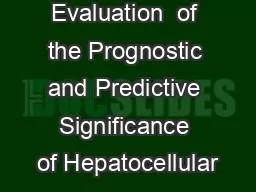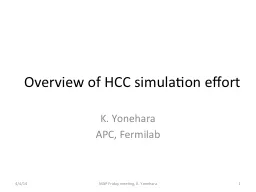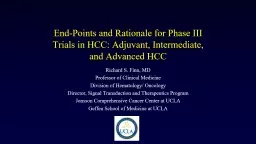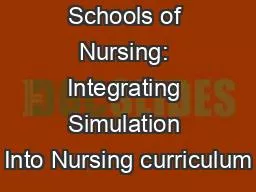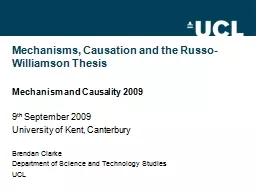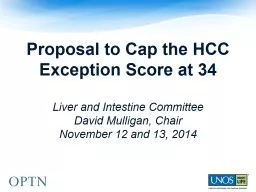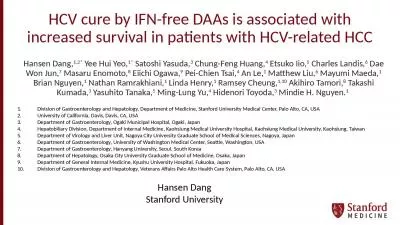PPT-Progress of HCC Design and Simulation
Author : experimentgoogle | Published Date : 2020-08-03
K Yonehara APC Fermilab MAP 2014 Spring Meeting Fermilab May 2731 2014 1 Contents Current working item since MAP DOE meeting Highlights in current activities Deliverable
Presentation Embed Code
Download Presentation
Download Presentation The PPT/PDF document "Progress of HCC Design and Simulation" is the property of its rightful owner. Permission is granted to download and print the materials on this website for personal, non-commercial use only, and to display it on your personal computer provided you do not modify the materials and that you retain all copyright notices contained in the materials. By downloading content from our website, you accept the terms of this agreement.
Progress of HCC Design and Simulation: Transcript
Download Rules Of Document
"Progress of HCC Design and Simulation"The content belongs to its owner. You may download and print it for personal use, without modification, and keep all copyright notices. By downloading, you agree to these terms.
Related Documents

